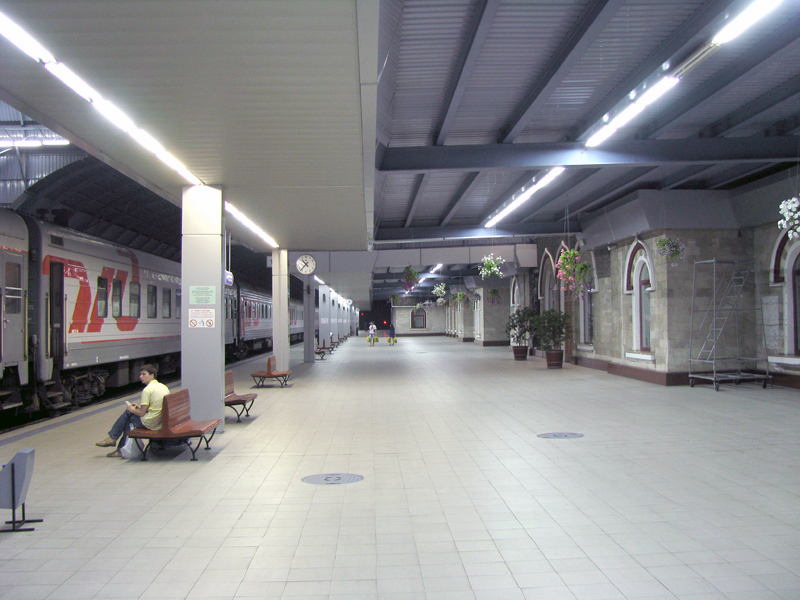Me and my friends took part in the «Art-labyrinth» festival. Apart from being there, I saw some of Chisinau.
The abandoned circus building.
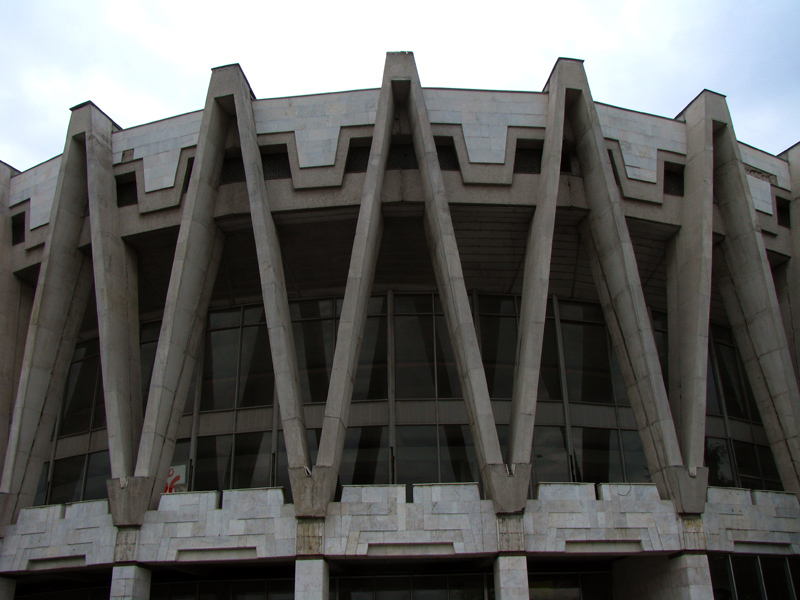
Me and my friends took part in the «Art-labyrinth» festival. Apart from being there, I saw some of Chisinau.
The abandoned circus building.

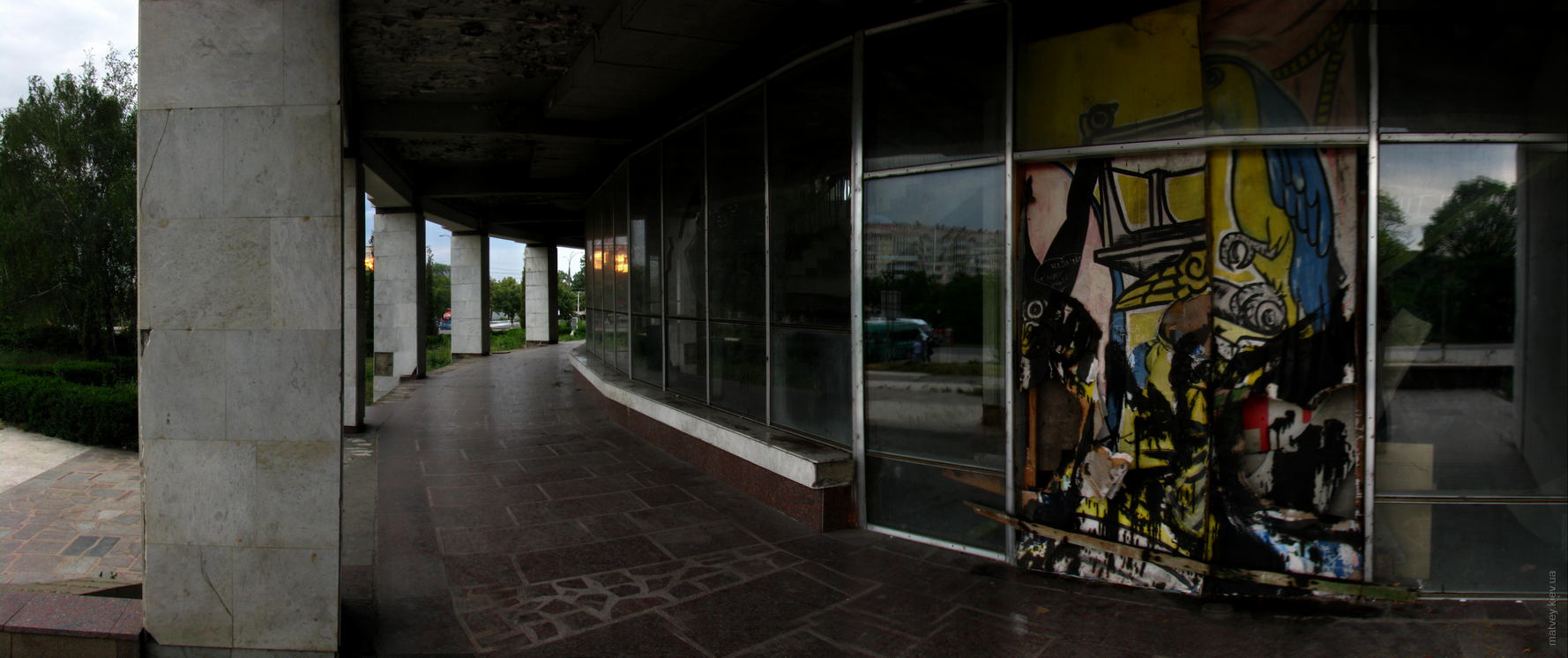
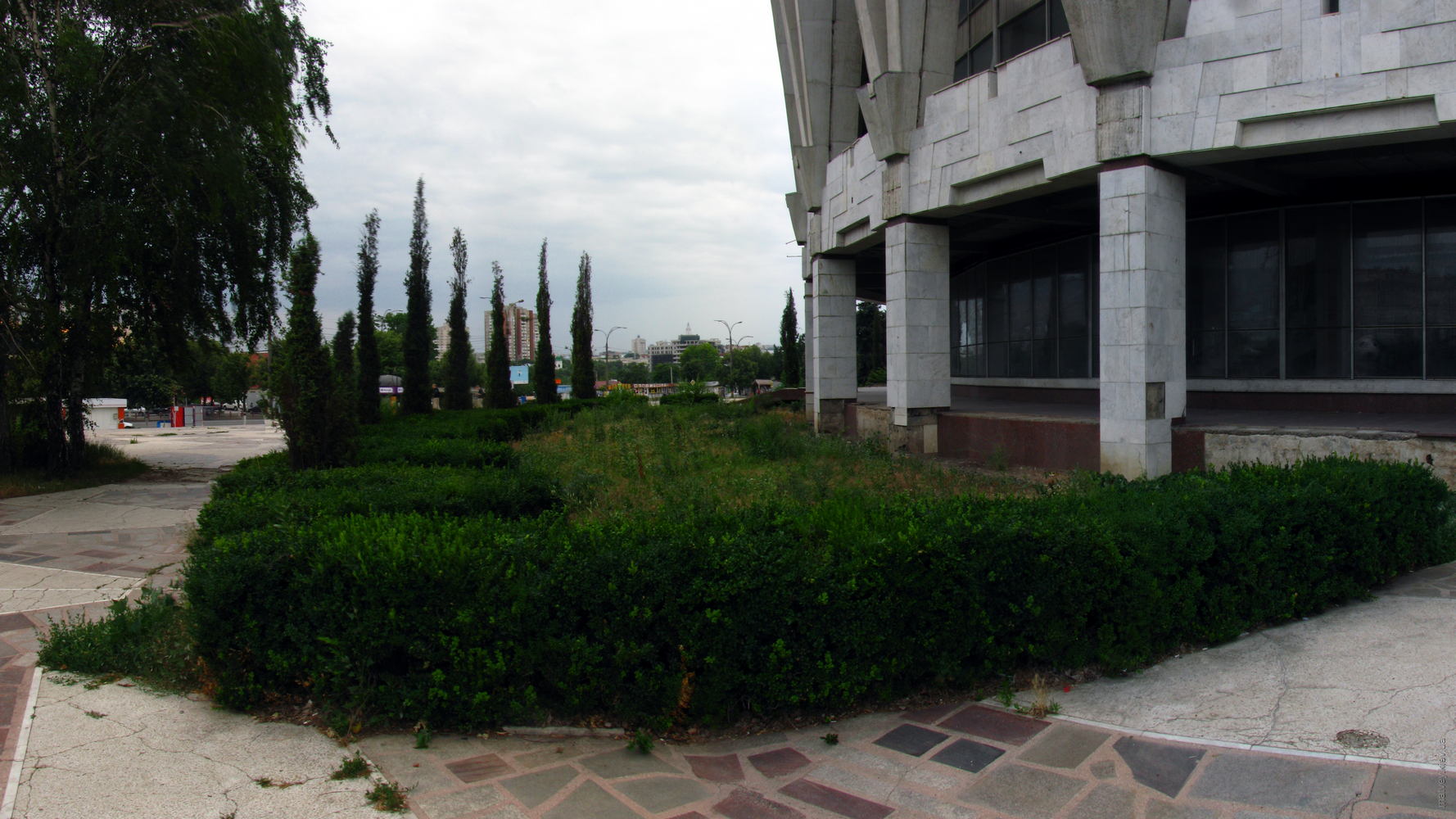
Chisinau turned out to have a rectangular grid of streets in the center.
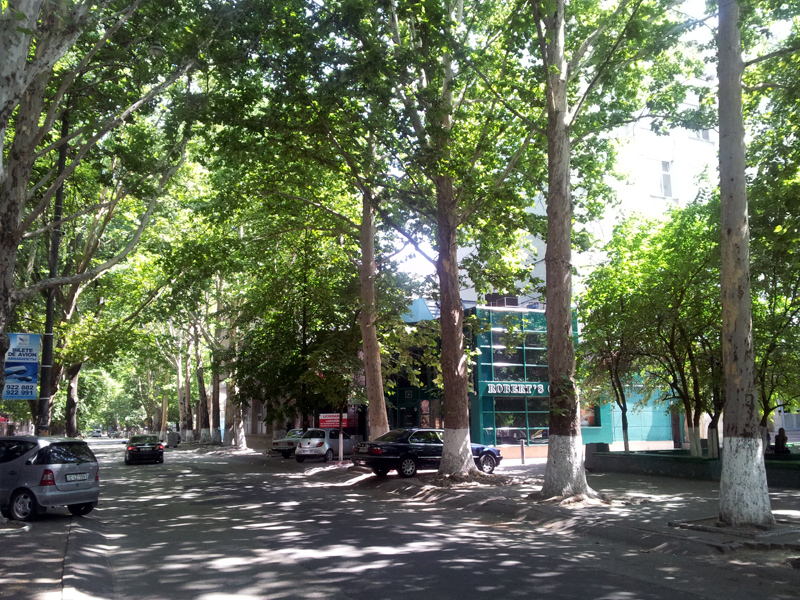
There were old trolleybuses, nostalgic to some.
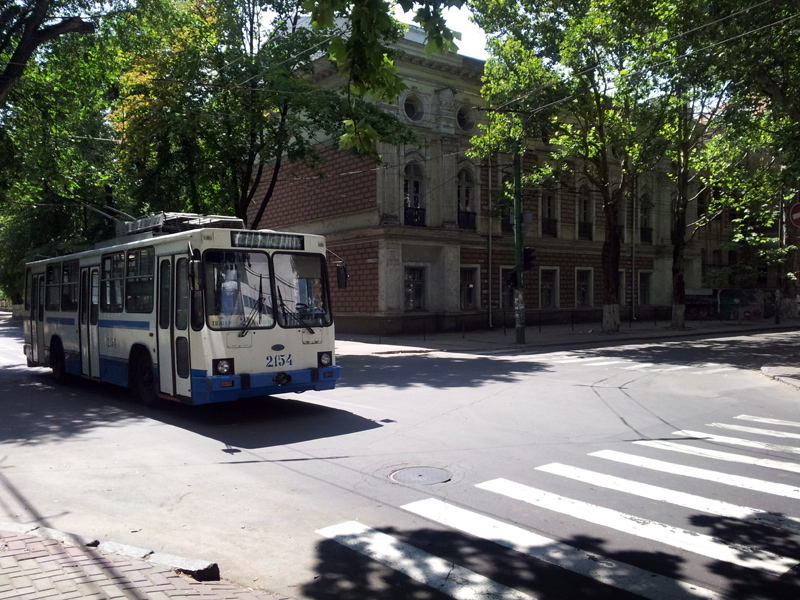
And there were new trolleybuses.
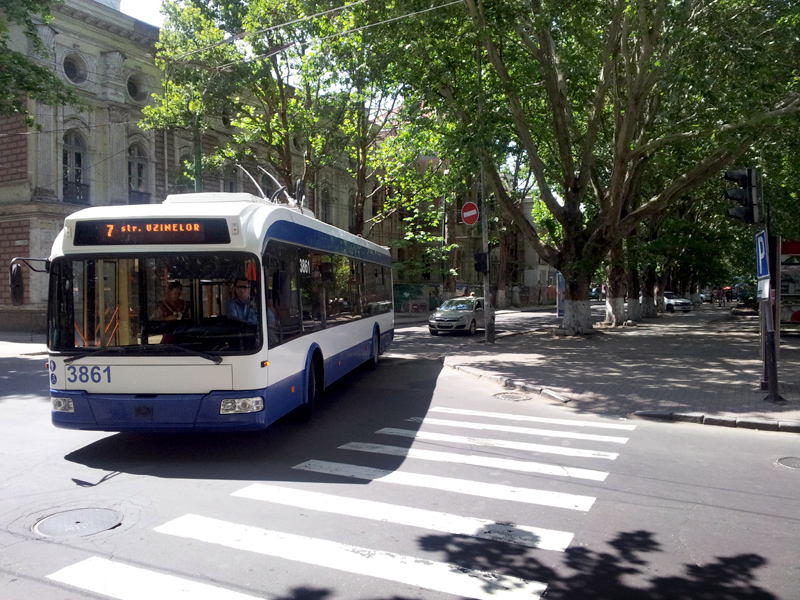
A clock built into a bus stop.
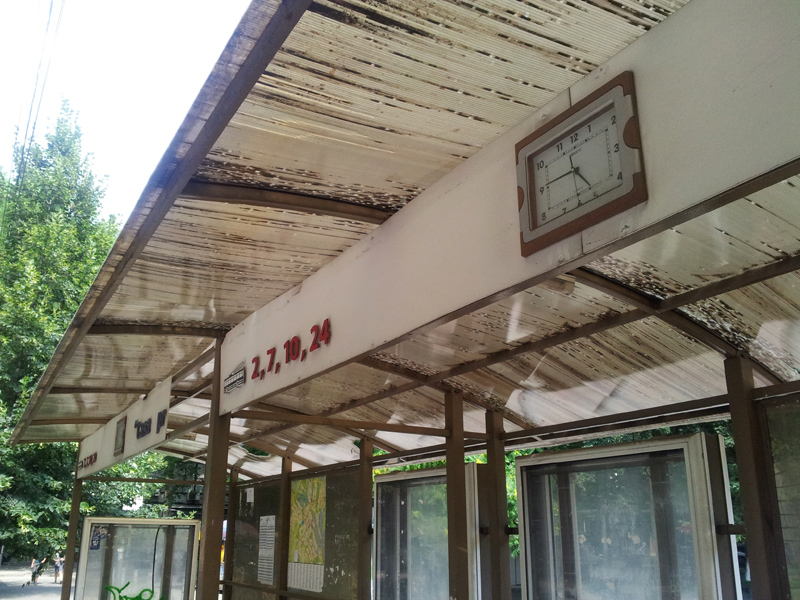
A clock on one of the crossroads of the rectangular grid.
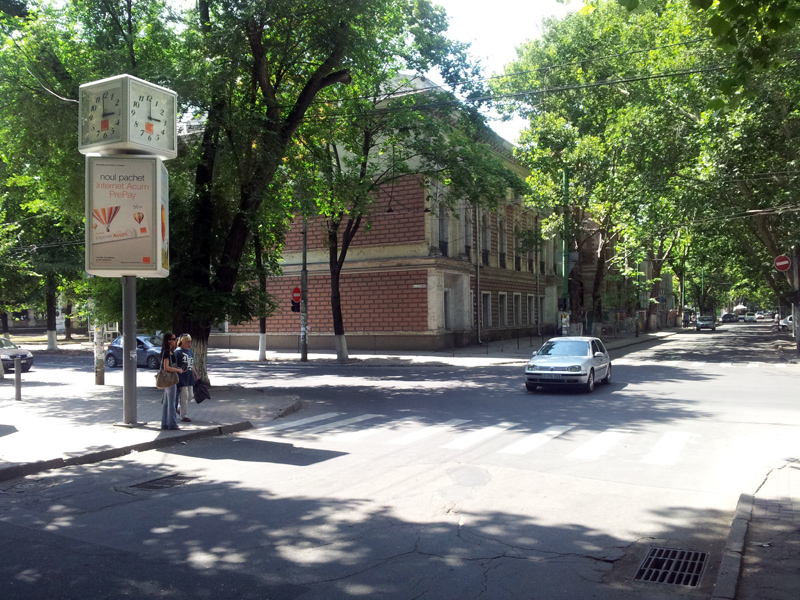
A nice ad of the library.
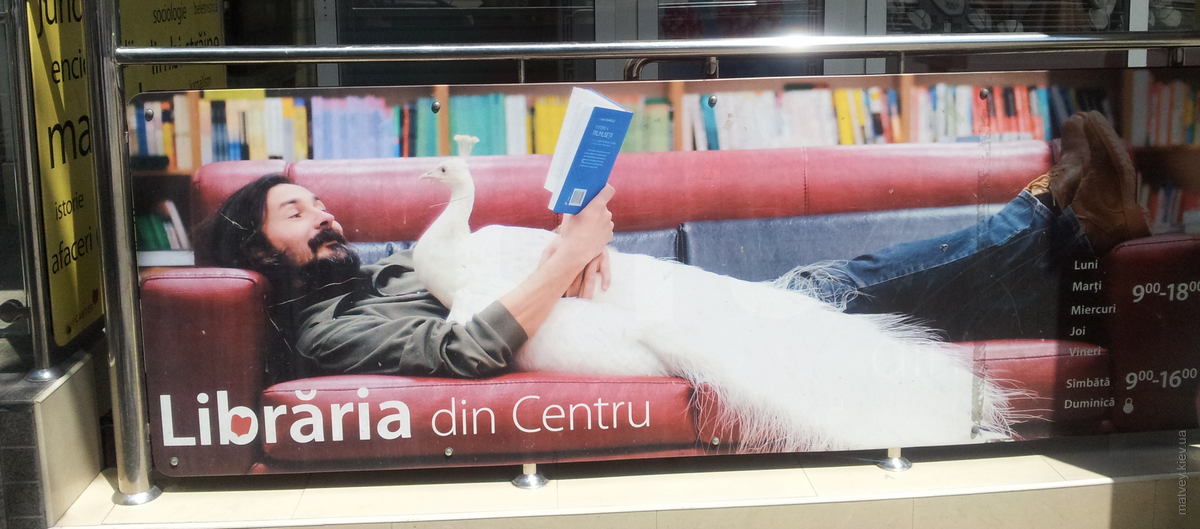
The «Valea Morilor» park entertained my brain with a «try to translate that on your own» mind game. It was obvious that «valea» means «valley». But that «r» in «morilor» made me think only about «death», which wasn't acceptable for urban naming. I succumbed and googled. Turned out to be «the valley of mills». Who stuffed that «r» phoneme into the «mill»?..
The stairway to the ponds were completely decayed — almost eroded away, but with signs of renovation coming soon.
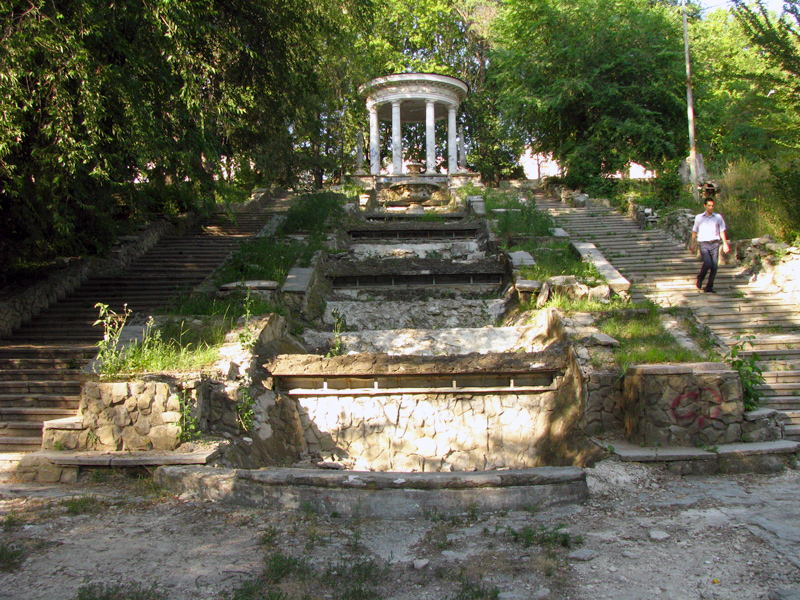
The pond looked like this from the stairway.
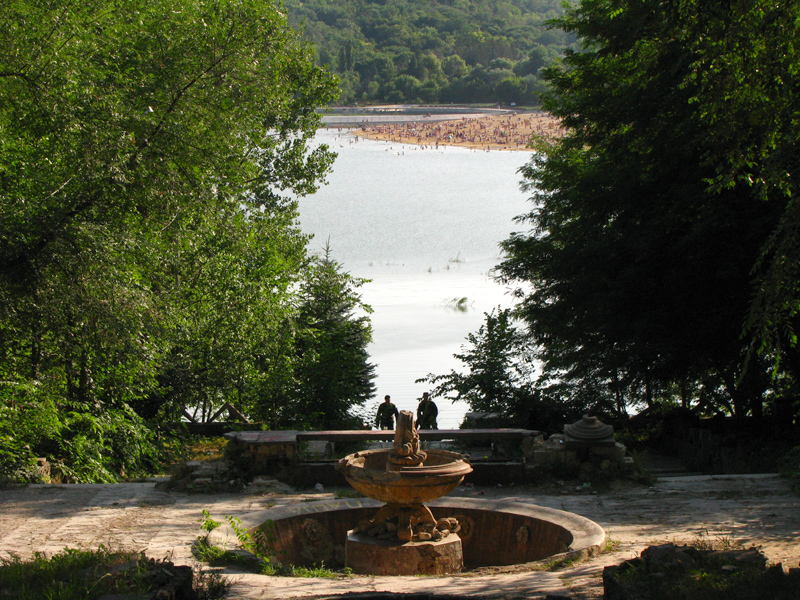
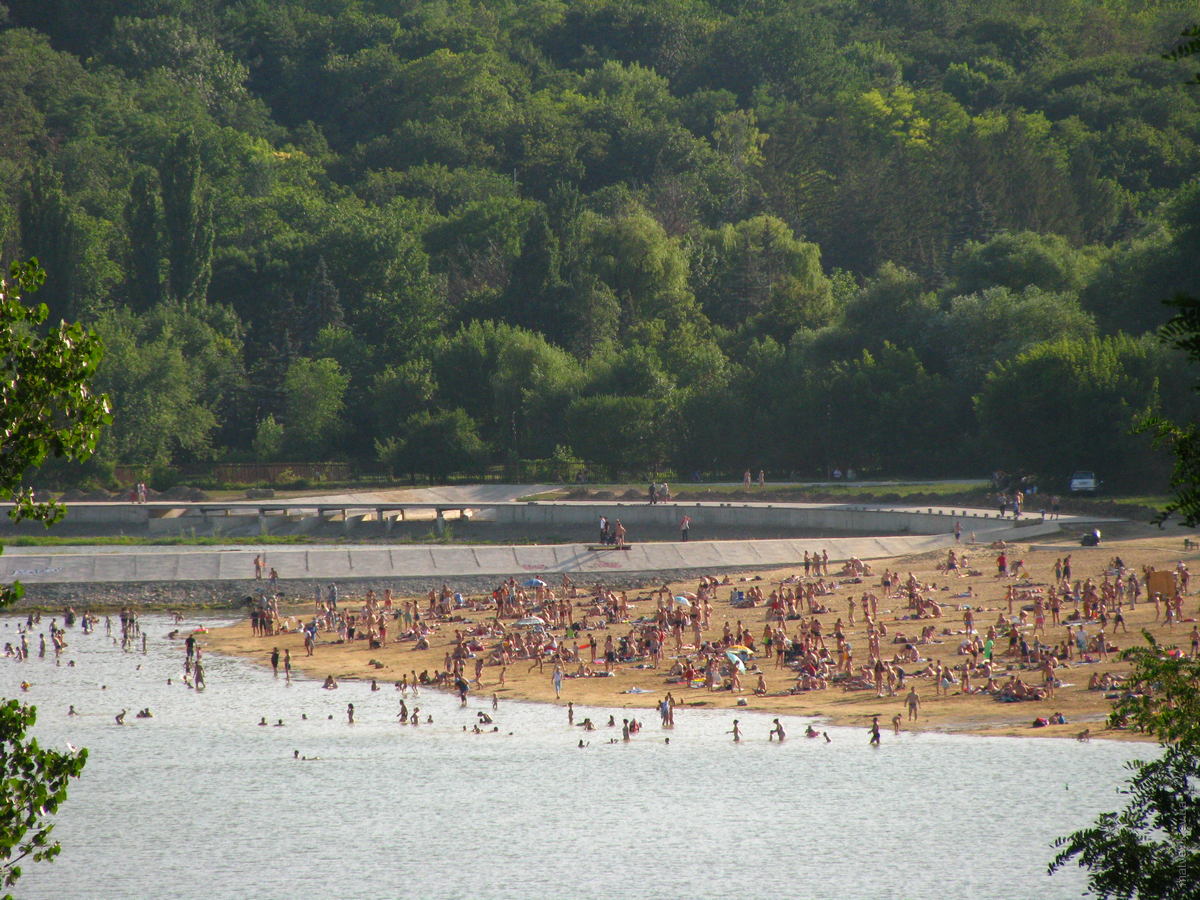
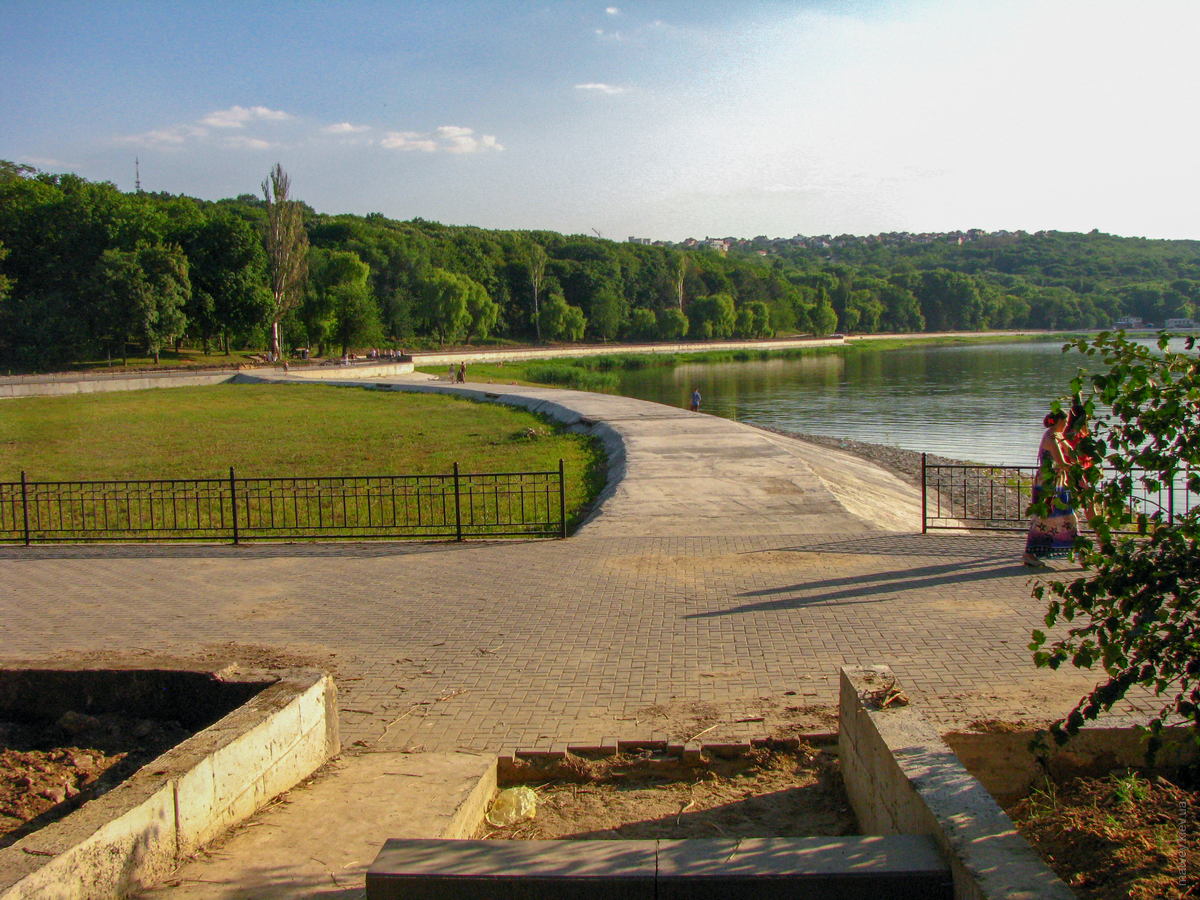
Wikipedia said that this pond stood dry for three year between 2006 and 2009. Different online maps had different satellite imagery of the pond — with or without water.
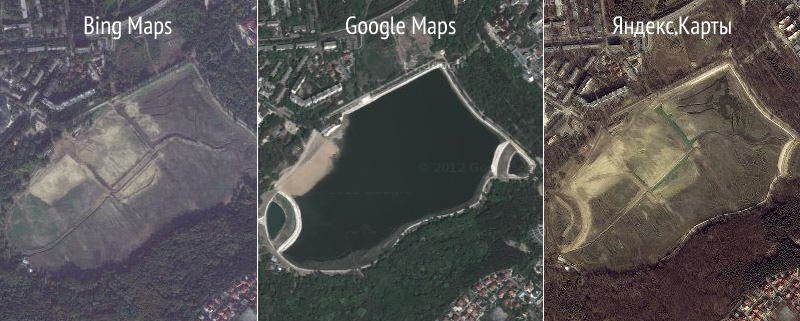
We passed by this 19-th century water tower near the intersection of Oleksiy Meteyevich and Balunescu-Bodoni streets.

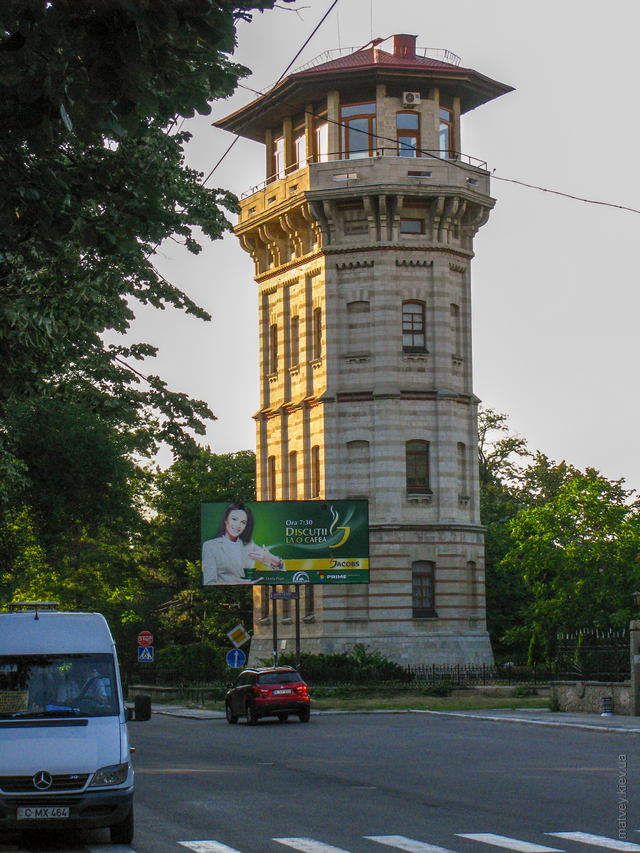
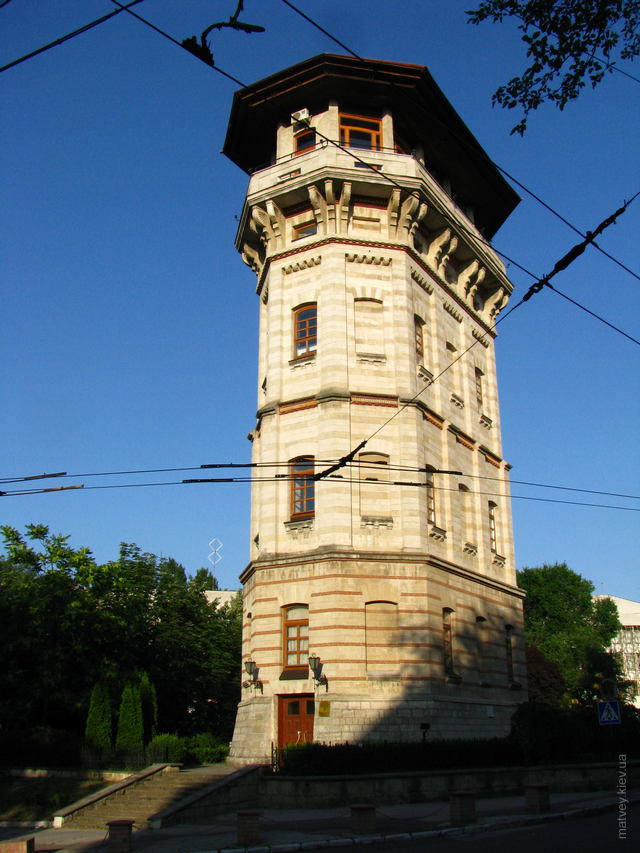
Our randomly chosen path went down the quiet street of Maria Chebotari.
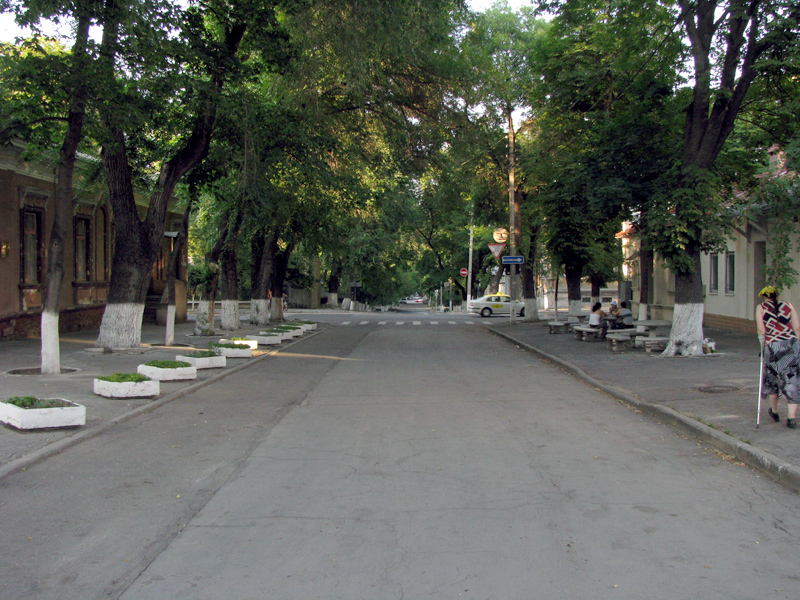
These sawtooth-like concrete things with places for flowers were common in the city:
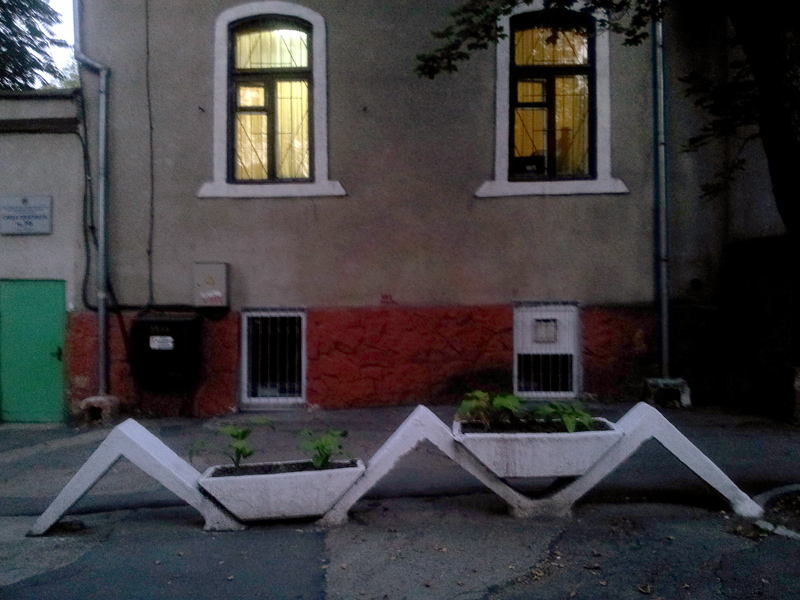
It was time to leave for the train station. There was a biserica near a bus stop. And again, who stuffed the «r» sound into the «basilica»?
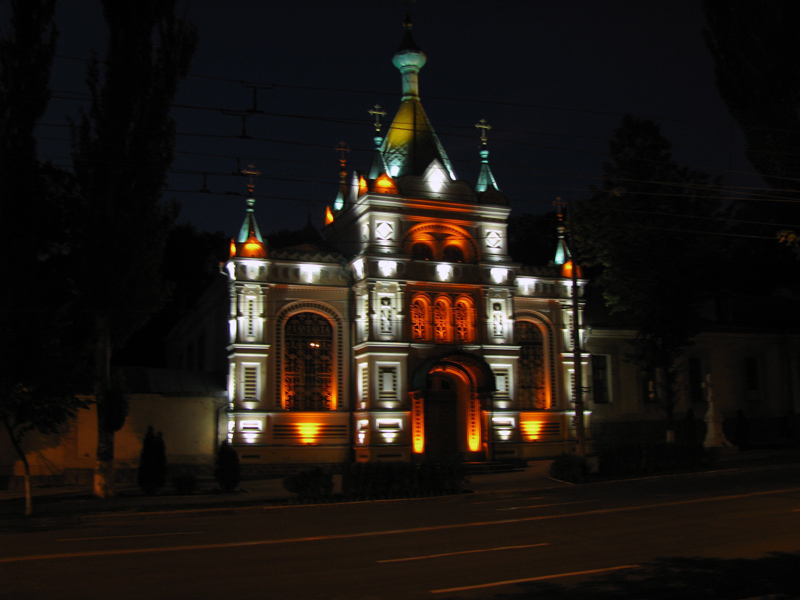
The train station was unexpectedly dark, silent and used by almost no one. The square before it is called piaţa gării and it was not illuminated. The trolleybuses did not enter this square, stopping at a distance, as if the train station was not inmportant enough. There were just six people on the square.
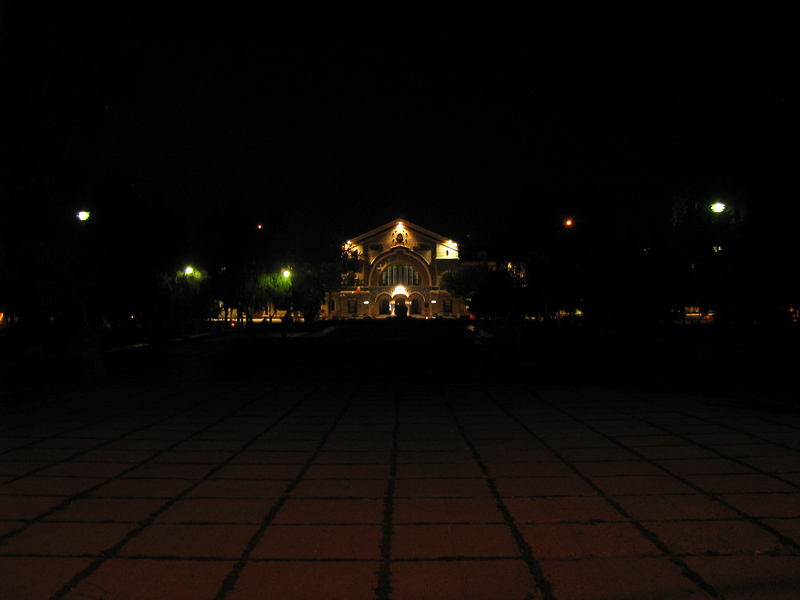
But the train station building turned out to be nice and clean.
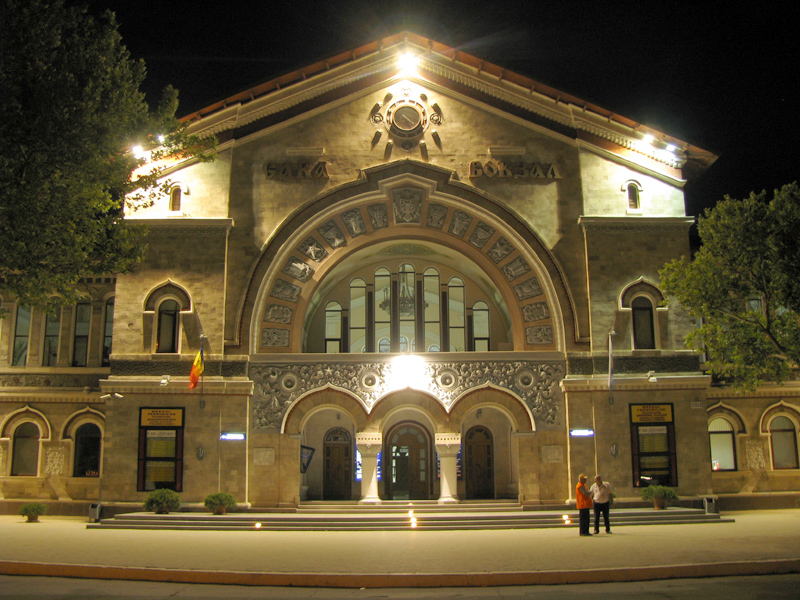
The first platform was clean, renovated and matching the color of the russian train going for Moscow.
